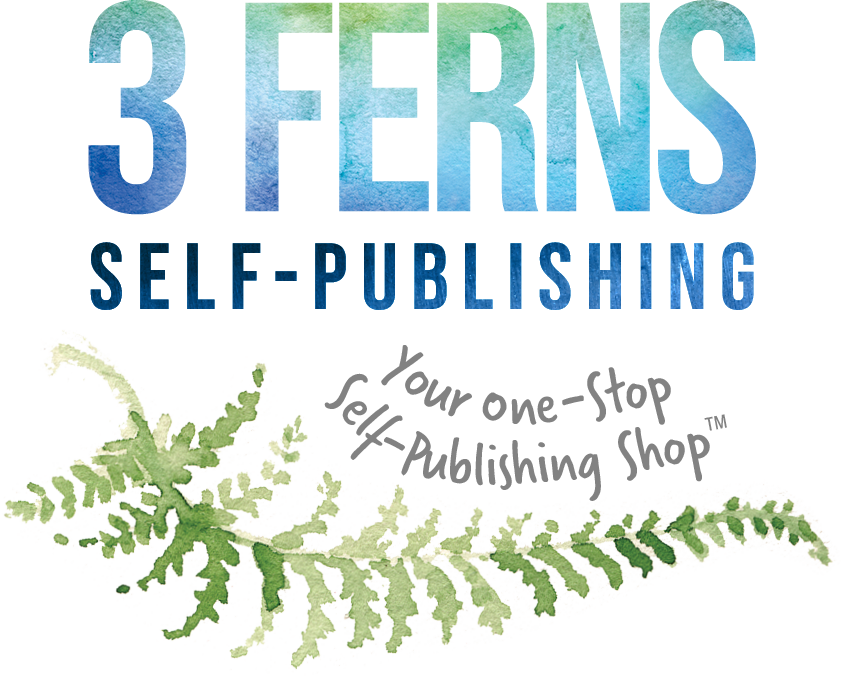Marketing a self-published book presents both challenges and opportunities. Without the backing of a traditional publisher, authors must take control of their promotional efforts. However, this also allows for a more personalized and flexible marketing approach. Here’s how to craft an effective strategy to ensure your book reaches its target audience.
Planning your success
Every effective marketing strategy follows a plan. It’s important to know where you start, where you want to go, and how to get there. Keep in mind though that anything can come up, so you must always remain flexible to the current situation.
Developing the main marketing strategy
Before we get into the specific details, it’s crucial to establish a clear marketing strategy.
Get real with yourself. What are your goals and objectives? What do you hope to achieve with your book? Who is your main audience? What do you want people to take away after reading? Understanding your purpose will guide your marketing efforts and ensure they align with your overall vision.
Our tip is to get specific! The clearer your vision is about where you want to take your book and who you want it to reach, the easier it will be to act in alignment with those goals.
Make the right moves
Once you’ve set down your strategy, it’s time to choose tactics that align with your goals and, don’t forget, your budget!
Think about different marketing channels such as social media, email marketing, and book reviews. Choose methods that will effectively reach your target audience without straining your resources.
Create a timeline
Integrate your marketing activities with your publishing schedule. Having them working together at the same time will create an effective space where excitement is built around your book as it’s being released!
A detailed timeline helps you stay organized and ensures that all tasks are completed on time. From the initial promotion to post-launch activities, having a timeline will keep you on track.
Use branding to your benefit
We have mentioned branding before and will continue to because it is one of the most crucial parts of the marketing plan. If you have a clear brand, people know exactly who you are and what you bring to the table.
Define your author identity
Your branding or author identity is not just your message, or mission and vision but it encompasses how you present yourself as an author and business. It includes your communication style, website design, social media presence, and more.
Ask yourself what aspects of your persona you want to share. Think about how you speak to your audience and the level of personal information you’re comfortable sharing with them.
Consistency and memorability
A consistent brand presence makes you recognizable and helps build trust with your audience. From social media posts to your website, ensure your branding is cohesive and reflects your identity as an author.
Some people don’t realize it but design elements like colors, fonts, and even content you post is all part of the branding and remaining consistent in using these styles while staying true to yourself will help people remember you.
Get social: Make an online presence
Nowadays, everyone and everything is online. So much so that if someone can’t find you in a Google search, they’ll be quick to dismiss you, your book, and everything you worked so hard to achieve!
Build an author website
Most self-published books are sold online, making an author website essential. Think of your author website as your homebase. It should be where people can learn about you, your book, and how to reach out to you.
You can also customize it depending on what you have decided to share. Did you want to add a blog? Are you offering other special services? Make all of that information clear on your website!
Consider using a platform like WordPress which offers affordable options for building a professional website. If budget is a concern, create a free page on platforms like Medium or Tumblr.
Get social!
Engage with your audience, let them know you’re around, and that you’re human!
Create dedicated social media accounts to promote your book and get in touch with your audience. Platforms like Facebook, Instagram, Twitter, TikTok, and even YouTube could be some of your best options. Try out different platforms and find the one where your target audience is most active.
People like connecting with what’s real so remember to stay true to yourself!
Metadata optimization is key…words
Now that you have your online platforms set up, it’s time to get people to notice you. Keywords are your best friend in this case.
Learn how to use metadata
Metadata is all the data about data but not the content itself. Allow us to explain.
Metadata includes the title, subtitle, pen name, series name, blurb, categories, keywords, and pricing of your book. It is NOT, however, telling the story or idea of your book, nor does it provide any actual information. Think about it as certain words and phrases that allow the internet to categorize you and your book into a specific space online.
Optimized metadata helps your book get discovered in store algorithms. Accurate categories and keywords ensure your book reaches the right audience.
Blurb lines
Catch your audience’s attention with a clear and strong blurb. The blurb is one of the first things potential readers see. Craft a memorable and emotional hook in the first few sentences. Include any awards or reviews to add credibility.
Your blurb shows your audience who you are, what the book is about, and makes your mark in their minds. It’s your chance to show them, with just a few sentences, why your book is something they need.
Find your allies: Collect reviews
Book reviews can make or break you. No matter how much we want our audiences to try and experience the story for themselves, we can’t help it. People will always be swayed somehow by the opinion of others. So, find the people who are on your side!
Importance of reviews
Positive reviews are crucial for building credibility and encouraging sales. Before launching any major marketing campaigns,make sure you have a handful of positive reviews.
Your audience will probably want to know what other people are saying about your book. Plus isn’t it just fun to show off sometimes?
Find sources
How can I get reviews if I haven’t launched my book? Well, ask family and friends to review it first. You can rest assured that with people you trust, you’re getting honest feedback but also encouragement. It’s also a nice way to ease yourself into getting used to people reading your work.
Once you’re ready, you can also reach out to influential bloggers in your genre and participate in online writer forums to swap reviews.
With review swaps, you can build a community and gather many more reviews while also seeing what material is out there in your genre. It’s like sharing notes with a friend back in school!
Making contact: Use an email list
Email lists are one of your most powerful marketing tools. That’s you in direct contact with your audience, giving them special offers and updates.
Direct promotion
How are email lists different from social media promotion? You’re in direct contact with your audience through your socials too right?
Yes, but with emailing, it’s like having a smaller, more concentrated group of people. With your email list, you are sure that these people are interested in your book, your service, and what you have to say. With social media, it’s more general public and they may just scroll past your content.
Email marketing lets you get more in-depth with your readers. You can use it to update them on new releases, share exclusive content, and maintain engagement.
Email tools
Use technology to your advantage and look up mailing platforms like Mailerlite to manage your email list efficiently. You can always start with a free plan and scale as your list grows.
Our tip is to research, research, research until you find the one best suited to your needs. There’s no reason to sign up to any platform blindly.
Sign-up links
Include sign-up links on your website, author pages, and social media bios to encourage readers to join your email list.
Make some noise: Run a pre-order period
Marketing your book before you launch is just as important as marketing as it launches. You want to get people excited about your book so make some noise with pre-order options!
Maximize Launch Day impact
Include the pre-order period as part of your marketing plan. A thorough plan will include pre-launch, launch, and post-launch plans to ensure that you have people always looking for your book!
Pre-orders can significantly boost your book’s ranking on launch day. Getting people hyped about your upcoming book will only help you and your book sales in the future.
Setting up a pre-order period helps in building anticipation and gathering early sales, which can contribute to higher rankings and visibility.
Use platforms like PublishDrive to set up pre-order campaigns across major stores.
You’re ready now!
Now that you have the basic information you need to get started on your marketing plan, it’s time to get out there and get started!
Making a marketing plan is never easy and it will often change depending on your needs and how a certain launch pans out. Start early, stay organized, and be persistent in your efforts to promote your self-published book.
Remember to be kind to yourself through this process, stay flexible, and be true to who you are – this will be the cornerstone to your success!
Reach out to us
Marketing a self-published book requires careful planning, consistent effort, and a strategic approach.


